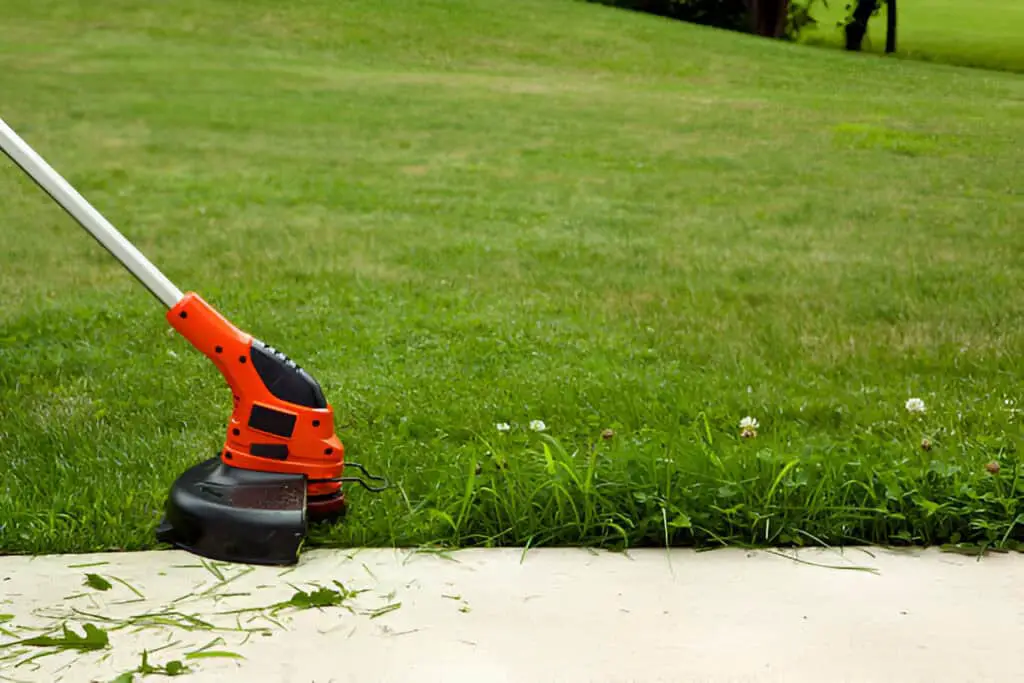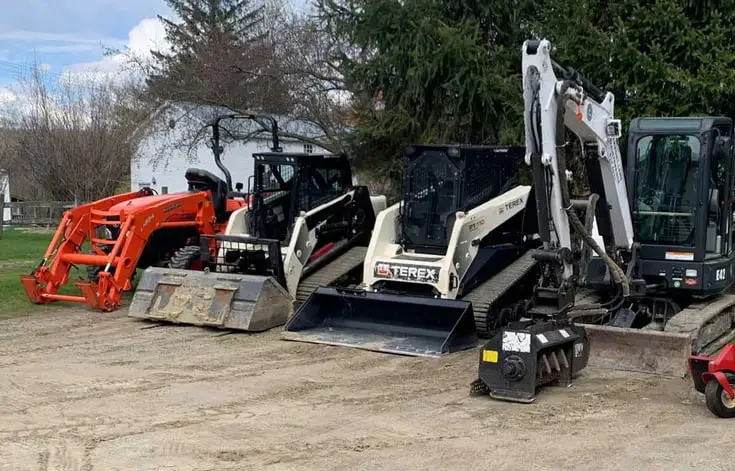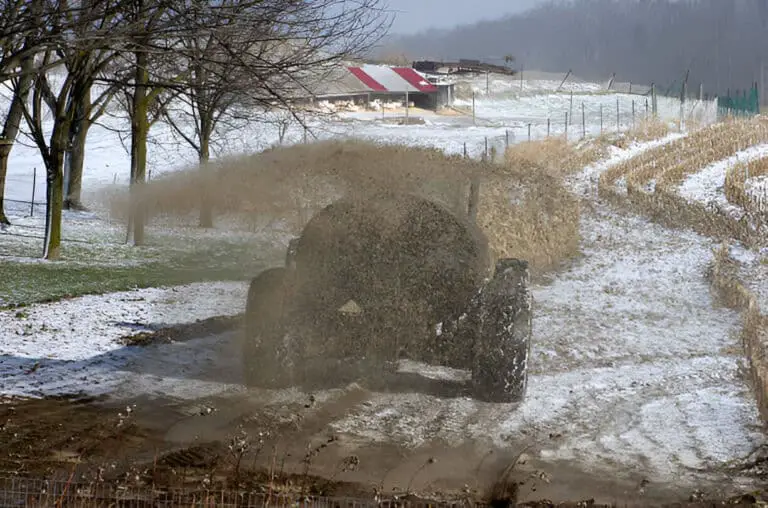Weed Eater Auto Feed Not Working: 6 Simple Causes and Fixes

Ah, the joys of yard work! The fresh smell of cut grass, the satisfaction of a neat lawn, and the glorious sunshine overhead. But wait! What’s that? Your weed eater’s auto feed isn’t working? Talk about throwing a wrench in the works! If you’re like me, you want that tool humming along, feeding line smoothly while you tackle the pesky weeds in your garden.
No worries! I’ve had my fair share of weed eater woes, and I’m here to guide you through diagnosing and fixing the issue. In this blog post, I’ll cover the common causes of auto feed problems and offer simple solutions that even a novice can handle. So, grab your tool kit and let’s dig in!
Understanding the Auto Feed Mechanism
Before diving into the troubleshooting, let’s take a quick moment to understand how the auto feed mechanism works. Imagine it as a well-oiled machine, with each part playing a vital role in making your weed eater operate smoothly.
The auto feed system automatically releases more cutting line as you trim, allowing you to keep going without stopping to adjust or reload constantly.
However, like any piece of machinery, things can go awry. Let’s unravel the six common culprits that might be causing your weed eater’s auto feed system to malfunction.
What Have Causes Them and How to Fix?

1. Loose or Damaged Line
The Problem
Have you ever experienced a snag in your line that leaves you standing there, scratching your head? A loose or damaged line can be the source of frustration. It might get caught or even jammed in the spool, which can prevent it from feeding properly.
The Fix
This one’s easy! Here’s how to get back to business:
- Remove the spool cover: Take off the cover to access the spool.
- Pull the spool off: Gently lift the spool off the spindle.
- Feed the trimmer line: Carefully thread the trimmer line through the outlet holes.
- Refit the spool cover: Make sure the line is unclipped from the cleats and replace the cover.
Voila! You’re ready to tackle those unruly weeds again.
2. Incorrect Line Diameter
The Problem
Using the wrong diameter of plastic string can lead to feeding issues faster than you can say “weeds be gone!”
The Fix
- Verify the diameter: Check your weed eater’s manual for the recommended line diameter.
- Rewind the spool: Ensure you’re using the correct diameter and that it’s wound properly. If you need to, cut and rewind the line to fit those specifications.
Don’t let the wrong line diameter trip you up!
3. Damaged Spool
The Problem
A damaged spool can prevent the line from feeding smoothly, almost like a musician with a broken string. You won’t get the sweet sound of cutting without a well-functioning spool!
The Fix
- Inspect the spool: Look for cracks or signs of wear and tear.
- Replace if necessary: If it’s damaged, grab a new spool from your local home improvement store. Trust me, it’s worth the investment.
4. Dirty Trimmer Head
The Problem
Dirt and debris can accumulate in the trimmer head, much like dust settling on an old bookshelf. This buildup can obstruct the line and cause feeding issues.
The Fix
- Clean it up: Use a dry brush to clean the trimmer head thoroughly. Avoid using water or cleaning chemicals, as these can cause further problems.
Sometimes, a good cleaning can work wonders!
5. Incorrect String Winding
The Problem
Winding the string in the wrong direction can feel like trying to run in reverse. It just doesn’t work! If the string is coiled improperly, you’ll face feeding problems.
The Fix
- Check the winding direction: Look for arrows or indications on the spool showing the correct winding direction.
- Rewind the string: Coil the string in the opposite direction that the trimmer head spins. This small adjustment can make all the difference!
6. Advanced Spring Kit Issues
The Problem
If the previous fixes don’t solve the problem, it might be time to dive into the guts of your weed eater. Issues with the advance spring kit can cause the line to stop feeding altogether.
The Fix
- Inspect the spring kit: If you suspect a problem, check for any visible damage.
- Consider replacement: If it’s indeed damaged, replace the advanced spring kit. You can find replacement kits at most hardware stores.
Quick Reference Table
| Problem | Cause | Solution |
| Loose or Damaged Line | Caught or loose in the spool | Remove spool cover, feed line, and replace cover |
| Incorrect Line Diameter | Wrong diameter used | Verify size and rewind spool accordingly |
| Damaged Spool | Physical damage | Replace with a new spool |
| Dirty Trimmer Head | Accumulated dirt and debris | Clean with a dry brush |
| Incorrect String Winding | Wrong winding direction | Rewind string in the correct direction |
| Advanced Spring Kit Issues | Damage in the kit | Inspect and replace if necessary |
By taking these steps, you can maintain your weed eater and ensure it continues to perform like a champ. Now, get out there and make those weeds tremble in fear!
| Also read: Weed Eater Leaking Gas from the Air Filter |
When to Call in the Pros
Sometimes, despite our best efforts, a DIY fix just doesn’t cut it. If you’ve tried all these troubleshooting tips and your weed eater still won’t cooperate, don’t hesitate to call in the pros. A technician can provide insights and repairs that might save you time and stress.
Keeping Your Weed Eater in Tip-Top Shape
Preventive maintenance goes a long way in ensuring your weed eater runs smoothly. Here are a few tips to keep your tool in top shape:
- Regular cleaning: Make it a habit to clean the trimmer head after each use. A little TLC can go a long way.
- Inspect the line: Check the line regularly for wear and tear. Replace it before it becomes an issue.
- Store properly: Store your weed eater in a dry place, away from moisture, to prevent rust and damage.
Conclusion: The Path to a Well-Maintained Lawn
A functioning weed eater makes yard work feel like a breeze rather than a chore. By diagnosing and fixing common issues, you can get back to trimming those weeds and enjoying the beauty of your garden. Whether it’s tackling loose lines or winding the string correctly, I hope these tips serve you well on your landscaping journey.
So, the next time your weed eater’s auto feed gives you trouble, remember these troubleshooting tips. You’re now armed with the knowledge to handle the hiccups and keep your yard looking pristine. Happy trimming!





